The Women Face Razor Market is currently characterized by a dynamic competitive landscape, driven by evolving consumer preferences and an increasing emphasis on personal grooming. Key players such as Gillette (US), Schick (US), and BIC (FR) are actively shaping the market through innovative product offerings and strategic initiatives. Gillette (US) has positioned itself as a leader in the premium segment, focusing on advanced technology and sustainability in its product lines. Schick (US), on the other hand, emphasizes affordability and accessibility, catering to a broader demographic. BIC (FR) leverages its strong brand recognition and extensive distribution network to maintain a competitive edge, while also exploring eco-friendly alternatives in its product development. Collectively, these strategies contribute to a moderately fragmented market structure, where innovation and brand loyalty play pivotal roles in consumer decision-making.
In terms of business tactics, companies are increasingly localizing manufacturing to enhance supply chain efficiency and reduce costs. This approach not only allows for quicker response times to market demands but also aligns with sustainability goals by minimizing transportation emissions. The competitive structure of the Women Face Razor Market remains moderately fragmented, with several key players exerting influence through differentiated product offerings and targeted marketing strategies. The collective actions of these companies indicate a trend towards greater customization and consumer engagement, which is likely to intensify competition in the coming years.
In August 2025, Gillette (US) launched a new line of eco-friendly razors made from recycled materials, reflecting a growing consumer demand for sustainable products. This strategic move not only enhances Gillette's brand image but also positions the company favorably in a market increasingly focused on environmental responsibility. The introduction of these razors is expected to attract environmentally conscious consumers, thereby expanding Gillette's market share in the premium segment.
In September 2025, Schick (US) announced a partnership with a leading beauty influencer to promote its latest razor line through social media campaigns. This initiative aims to leverage the influencer's reach to engage younger consumers who are increasingly turning to social media for beauty and grooming advice. By aligning with popular figures in the beauty community, Schick (US) seeks to enhance brand visibility and drive sales among a demographic that values authenticity and relatability in marketing.
In July 2025, BIC (FR) expanded its product range by introducing a new line of disposable razors designed specifically for sensitive skin. This strategic expansion is indicative of BIC's commitment to addressing diverse consumer needs and preferences. By focusing on skin sensitivity, BIC (FR) not only differentiates its product offerings but also taps into a niche market segment that is often underserved, potentially increasing customer loyalty and market penetration.
As of October 2025, the Women Face Razor Market is witnessing significant trends such as digitalization, sustainability, and the integration of artificial intelligence in product development and marketing strategies. Companies are increasingly forming strategic alliances to enhance their competitive positioning, particularly in areas such as technology and sustainability. The shift from price-based competition to a focus on innovation, technology, and supply chain reliability is becoming more pronounced. As the market evolves, differentiation through unique product offerings and sustainable practices will likely define competitive success in the Women Face Razor Market.


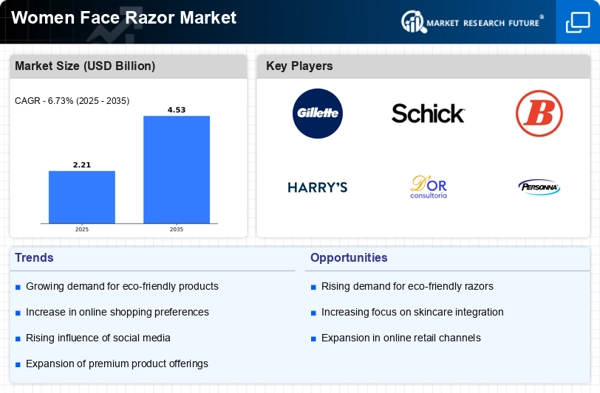
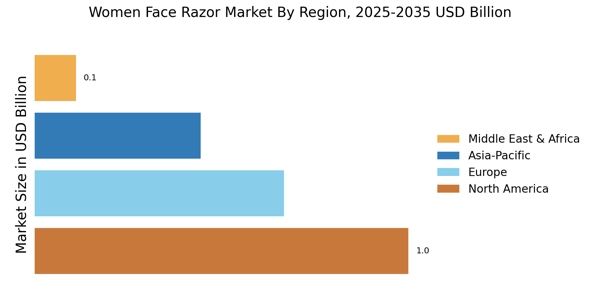
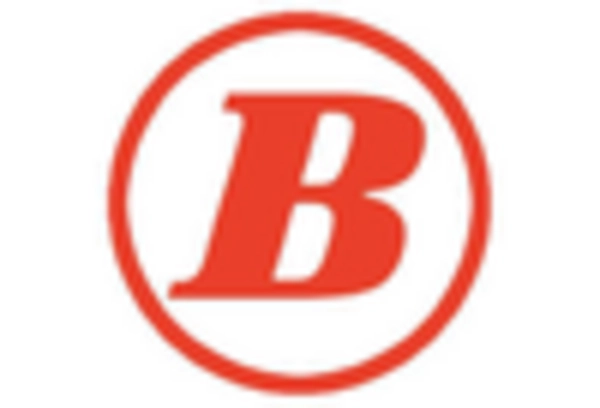

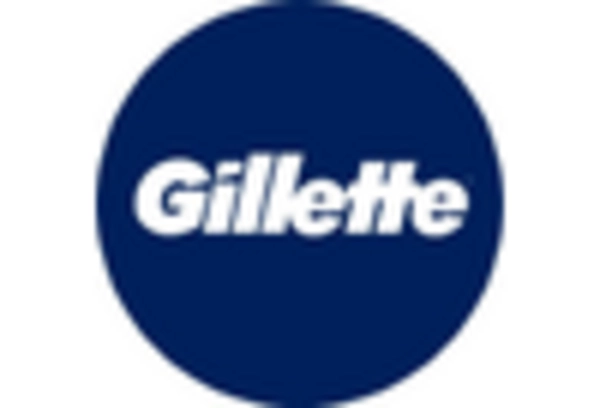

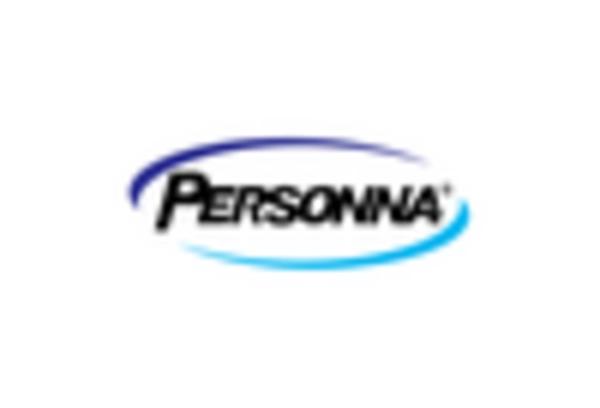
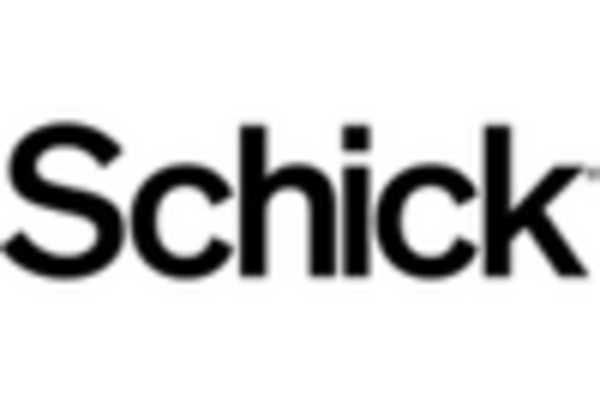








Leave a Comment